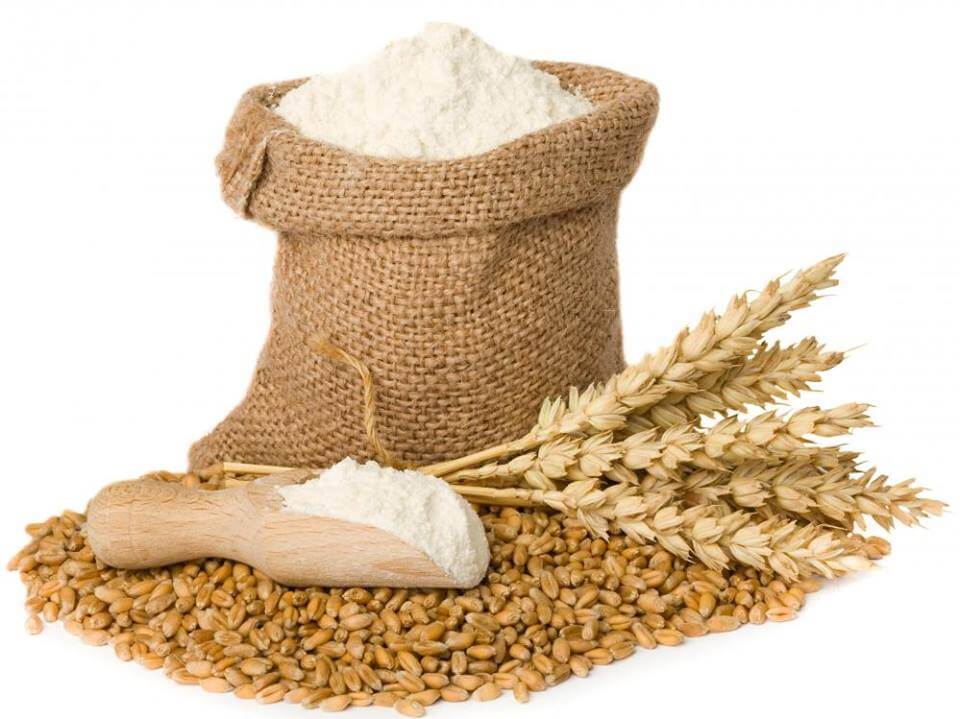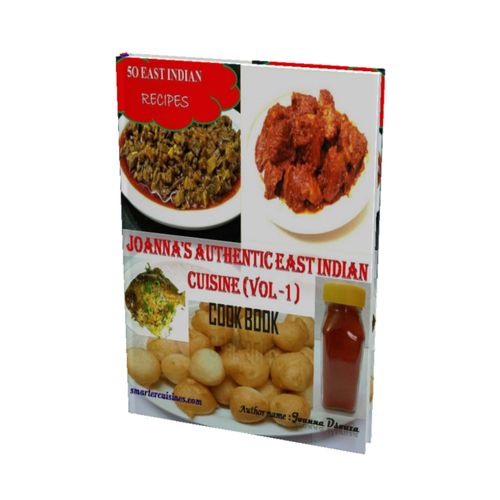Wheat is the main ingredient used in bread and most of the time it is in the form of refined white flour or bleached flour or maida. White flour is what you get when you strip away the fibre-rich bran and nutrient-rich germ from wheat, leaving only the nutrient-depleted starch. The reason wheat was originally refined and processed into white flour was to extend its shelf life and to get soft smooth bread.
The table below shows the percentage of nutrients lost when whole wheat flour or atta is refined into white flour:
- Protein: 25 percent lost
- Fiber: 95 percent lost
- Calcium: 56 percent lost
- Copper: 62 percent lost
- Iron: 84 percent lost
- Manganese: 82 percent lost
- Phosphorus: 69 percent lost
- Potassium: 74 percent lost
- Selenium: 52 percent lost
- Zinc: 76 percent lost
- Vitamin B1: 73 percent lost
- Vitamin B2: 81 percent lost
- Vitamin B3: 80 percent lost
- Vitamin B5: 56 percent lost
- Vitamin B6: 87 percent lost
- Folate: 59 percent lost
- Vitamin E: 95 percent lost
Many people think that when white flour is “enriched” with added vitamins, the nutritional value is restored. But this is far from true. Of the twenty-five nutrients that are removed when whole wheat flour is milled into white flour, only five nutrients are chemically replaced when the white flour is enriched.
Whole-grain flour or atta contains the whole kernel, which has three layers — the fibre-rich bran outer layer; the endosperm middle layer; and the germ, the grain’s nutrient-dense embryo. The problem is, bread made from whole-grain flour tastes grainy and many people don’t like it.
The intake of whole-grains provides protection from several cancers, especially colorectal cancers, hormone-related cancers (breast, prostate, ovarian, and uterine cancer), pancreatic cancer and other cancers. Apart from this, a diet rich in whole grains can help prevent cardiovascular disease.
Whole grains and refined grains are both high in carbohydrates, but they do not act the same way in the body. White flour, white rice, and other refined grain products are absorbed rapidly into the bloodstream, causing rapid fluctuations in blood sugar levels.
The fibre found in whole grains slows these fluctuations, helps lower cholesterol levels, keeps the digestive tract healthy, and provides many other advantages. Also, whole grains provide important nutrients like B vitamins, vitamin E, and other healthy substances. Most bread companies add a small amount of whole grains to their enriched refined flour bread and wrongly call it whole wheat/whole grain bread….misleading consumers who do not read labels. This bread just cannot be as nutritious as real whole grain bread.
Consumers need to pay attention to bread labels, which can be misleading. Often, bread with healthy-sounding words like “7 grains,” “cracked wheat” and “multi-grain” on the label are made with bleached flour and brown food colouring rather than healthful whole grains. Some bread packages use terms like “100 percent wheat,” which gives many shoppers the wrong impression that they are buying 100 percent whole wheat bread. And many multigrain varieties contain less than 2 percent of the grains they promise on the front of the package.
The key is to look at the ingredient list. If a “whole” grain is not the first ingredient and if it contains any bleached, enriched flour, then it’s not a 100 percent whole-grain bread. Another clue is to look at the fibre content. Most whole-grain bread have at least 3 grams of fibre per serving, although some will have more. So choose wisely and stay blessed with Good Health Always with Charmaine
Warm Regards,
Charmaine D’Souza
This post is republished from the blog http://goodhealthalwayswithcharmaine.blogspot.in with the permission of Ms Charmaine D’Souza.
About the Author
Charmaine D’Souza, is a nutrition and health consultant with more than 25 years of experience in assisting clients who are interested in improving their health and general well-being through better nutrition and healthy changes in their lifestyle. Charmaine is a great believer in freedom of choice in healthcare. In order to have this freedom, one must have information about the different systems of healing. Charmaine is the author of two nutrition books published by Random House India called Kitchen Clinic and Blood Sugar and Spice.
Charmaine and her team work with clients through individualized, one-on-one sessions to offer sound nutrition and health guidelines based on Naturopathy. With the philosophy of Naturopathy, their aim is to treat the individual in body, mind and spirit.Charmaine’s methods include a recipe for a spice and herb mix and a therapeutic water infusion along with a basic diet plan that is geared toward improving the health of the client.
Hope you enjoyed this article Wheat is the main Ingredient in Bread.
Tags: carbohydrates, importance of wheat, wheat, Wheat is the main Ingredient in Bread



